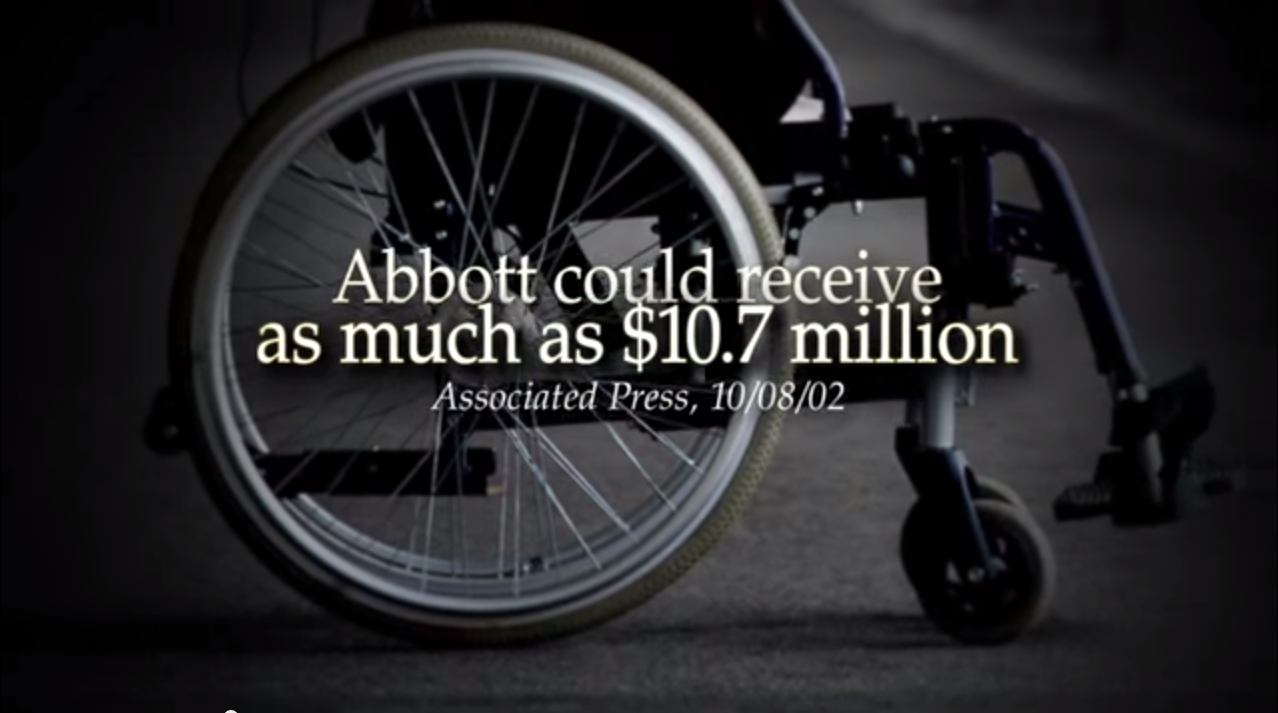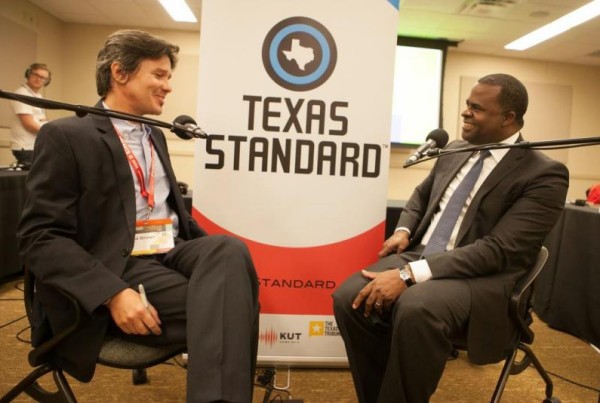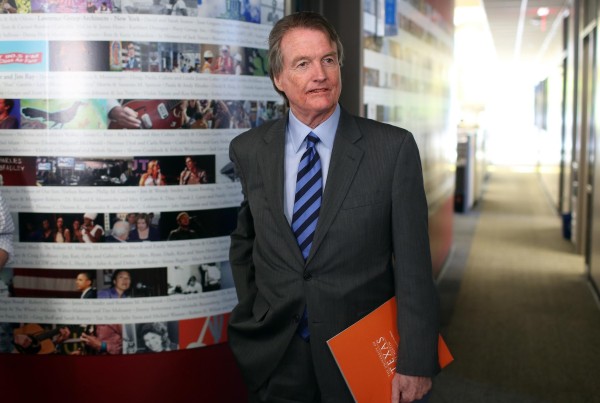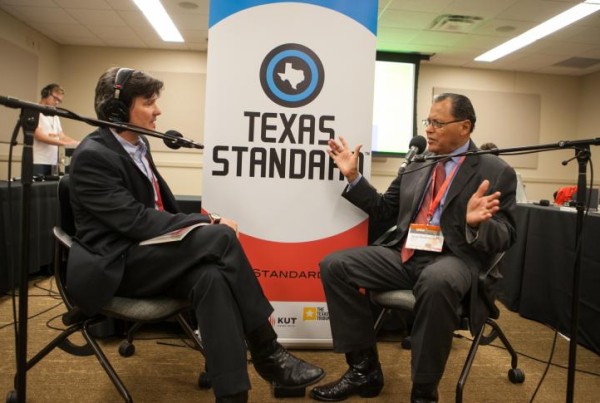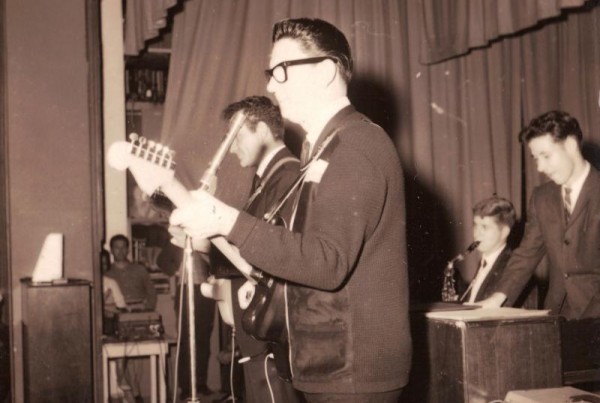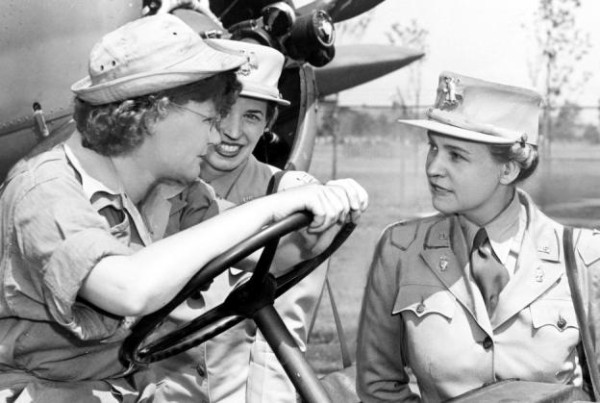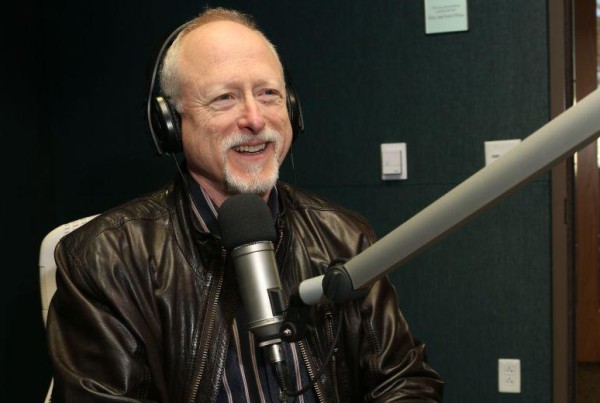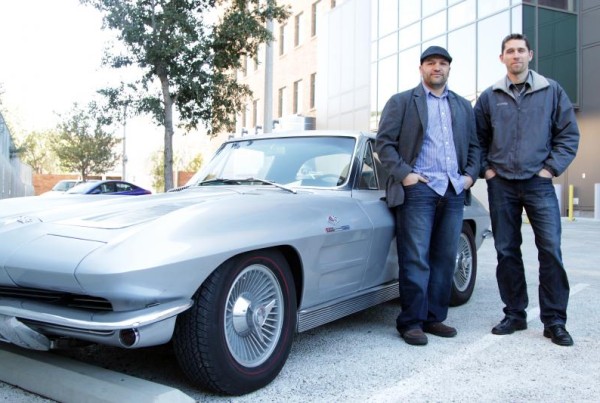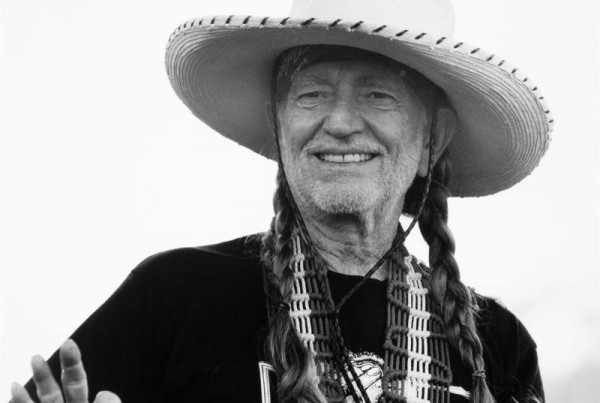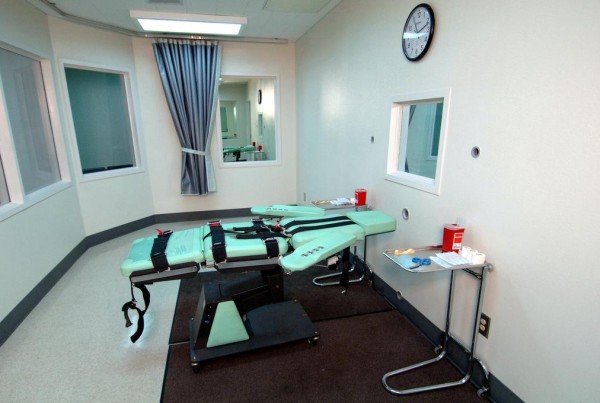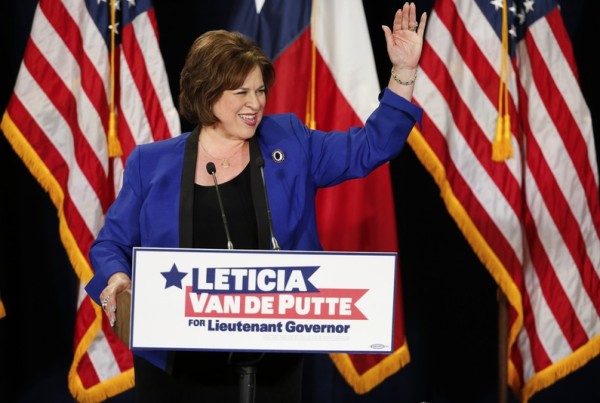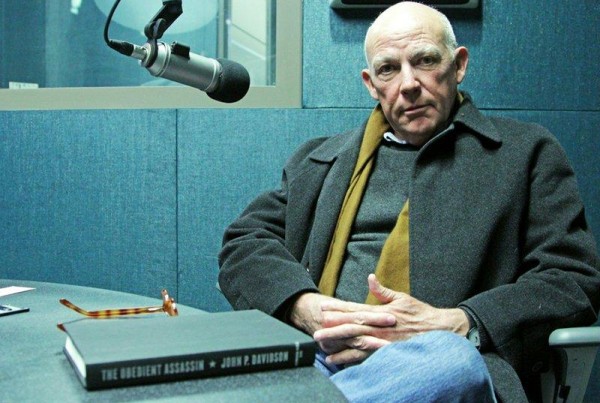Now that Election Day’s come and gone, you’ve probably noticed something different on your television screen – the election cycles’ wide assortment of political ads have finally relented.
According to the Center for Public Integrity, about $62 million was spent on campaign ads in Texas this election cycle – earning it the No. 2 spot on ad spending nationally.
There’s no denying that Texas is a big state, and the quickest and easiest way to put a candidates name out there is the airwaves. But do the ads really work? Are audiences that easily swayed by a heavily colored, and often-formulaic, approach?
Jennifer Stevens, a former Republican campaign strategist who worked campaigns for people like George W. Bush and John Cornyn, and she believes that political advertising is the fuel behind any strong campaign. “I don’t want to say it’s everything, but it is enormous,” she says. “It is incredibly important.”
Releasing a campaign ad isn’t as easy as slapping together footage and paying for airtime – it requires a certain degree of finesse and strategy. Most campaign ads institute a two-part strategy in an attempt to gain voter’s confidence.
The first step is familiarization, or what insiders have titled the “Bio Ad”. These ads show a very particular set of images meant to get audiences comfortable with a candidate. “A good bio ad is shots of the person in a personal perspective. So family, or maybe a sporting even, or maybe at their home,” Stevens says.
This is exactly what Glen Hegar did in his ad running for State Comptroller. Instead of focusing on his experience as a state senator, he focused on his experience as a farmer.
And once audiences are acquainted with a candidate –they follow up with the attack ad. “So that’s when you see the sort of headline of a newspaper cross the screen, then another headline from another newspaper crosses the screen,” Stevens says.
“Then it’s sort of not you attacking, but it’s in the words of this newspaper, or in the words of this reporter.”
Letecia Van De Putte’s ad for Lt. Governor for example seems to have come straight out of the textbook. And while the foreboding music and aggressive undertones may make audiences uncomfortable, Jennifer believes that, overall, attack ads work.
But not everyone believes in the effectiveness of campaign advertising.
Nick Lasorsa is a University of Texas professor who specializes in political communications – and he’s skeptical. “I don’t think that people necessarily buy the ads,” he says. “Most people know which candidate they’re likely to support and we don’t pay a lot of attention to the ads. Occasionally an ad might have a significant effect, but I don’t think that happens in the vast majority of election campaigns.”
So did any of this year’s ad’s have a lasting effect? Sure, 2014’s “wheelchair” ads in the Governor’s race sparked political discussions across the Internet – but it’s hard to find any evidence that either TV ad sealed the race for Davis or Abbott.
For most people, commercials seem to be more a symbol of the divisive nature of our political system rather than a testament of their effectiveness. But at least we’ll get a reprieve from the ads – until 2016, at least.


